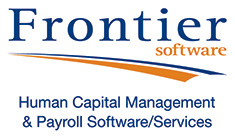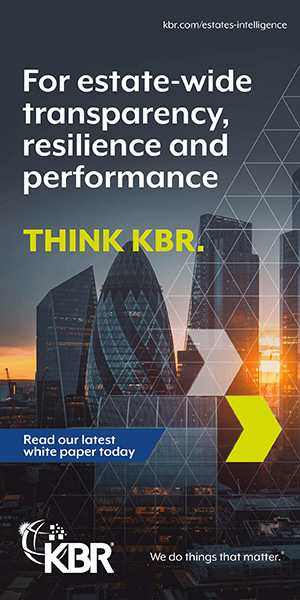
Since the UK’s first anti-discrimination laws were introduced in the 60’s and 70’s, considerable progress has been made and a new word, ‘diversity’, has emerged. But, according to Kim Boyd from Frontier Software, leading organisations have now realised that recruiting for diversity isn’t enough. The success of any program lies in how an organisation uses its diverse employees once it has recruited them.
Organisations that fail to focus on inclusion might as well stop recruiting for diversity because they can’t derive the benefits without putting in the effort. Put simply, diversity is about difference and inclusion is about embracing differences. Many employers actively recruit for diversity, but are failing to create inclusive environments.
Diversity is a hot topic in the workplace for a variety of reasons; primarily because it’s the right thing to do. Businesses should be reflective of the communities they serve and the UK is a truly diverse nation. Secondly, diversity has a variety of tangible business benefits and, as a basic example, increased diversity creates increased capability depth – employees bring their different talents, skills and abilities to expand the scope and strengths of their team. Team members with specific language skills or cultural understandings can open new markets, and organisations that embrace D&I attract a more diverse applicant pool and tend to have higher levels of staff engagement and retention. Additionally, diverse experiences and backgrounds can generate innovative solutions to organisational challenges.
Boyd says, “Decisions made by diverse teams are known to produce better results because you have more voices contributing from different viewpoints.” With that said, it’s not an overnight task and it involves considerable work. Forbes research has identified a number of factors that can contribute to the failure of D&I programs:
Viewing diversity as an HR task only – many diversity discussions focus on recruitment as the means by which diversity is achieved. That places diversity squarely within HR, not at the core of the enterprise itself.
Not understanding what D&I seeks to achieve – If the reason for developing D&I programs is to create an attractive brand image, then the initiative has no focus. If the reason for developing such programs is to identify new markets for the business, then it has a clear objective.
Not taking advantage of the resource D&I presents – Having a diverse mix of people is one thing – however, organisations need to know how to take the individual skills and combine them into a synergistic and effective unit.

Not training leaders in how to embed D&I culture – If leaders aren’t able or prepared to change the way their teams operate, diversity initiatives might be a one-off success. True D&I comes from a leadership group that consistently harnesses the potential of diverse populations and applies it to business objectives. Without granular cultural change, D&I cannot embed across organisations.
“There is no single approach to creating successful D&I programs within an organisation,” Boyd says. “Every company is different, with different workforce structures and business objectives. However, the focus must be on ensuring your diverse workforce is openly valued, developed and directed toward the achievement of company objectives.”
By fostering inclusion and measuring the impact of initiatives on employee perceptions, the benefits inherent in the development of a diverse workforce will be realised and the pool of available talent will be knocking on your door.
Further Information:
![]() 0845 370 3210
0845 370 3210









